Vaping among young people and in public places is rising rapidly, prompting urgent calls for better prevention. Organisations now face a pressing need to create safer, vape-free environments.
This guide explores the essential aspects of a vape detection system, providing the insights you need to protect your facilities and meet compliance in 2025.
Discover how the latest vape detection technology works, new trends to watch, step-by-step implementation, compliance tips, and the leading solutions available. Take charge of your environment and make informed choices for a healthier future.
The Rise of Vape Detection: Why 2025 Demands Better Solutions
The landscape of vaping is changing rapidly, with more people choosing e-cigarettes in places where traditional smoking is restricted. For schools, offices, and public venues, this shift highlights an urgent challenge: how to maintain safe, healthy environments without constant surveillance. The solution lies in adopting a modern vape detection system, designed to keep pace with the evolving risks and regulatory pressures of 2025.
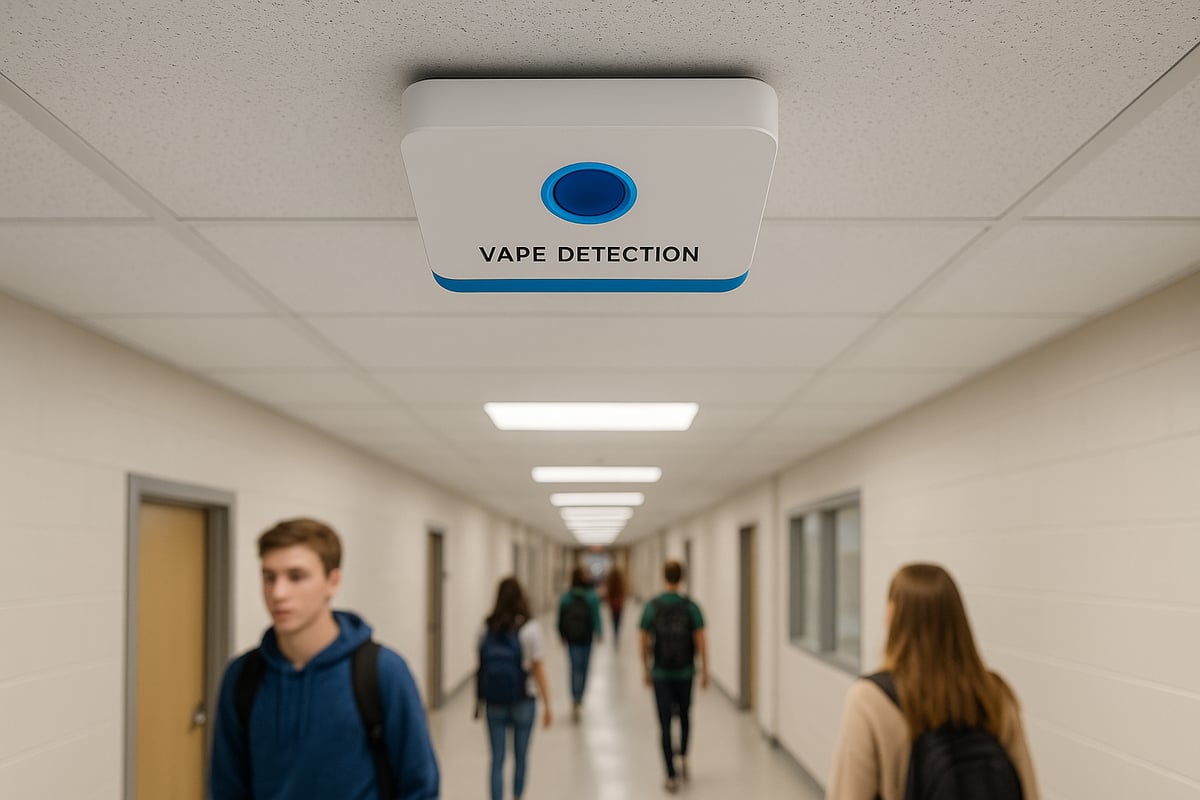
Growing Prevalence of Vaping in Schools, Offices, and Public Spaces
Vaping rates have soared in recent years, particularly among young people and adults in the UK. According to More Britons Vape Than Smoke for the First Time, the number of vapers has now surpassed smokers in Britain. This shift has resulted in a notable increase in vaping incidents reported on school grounds, in workplace bathrooms, and even in public venues.
High-profile cases have pushed local authorities and organisations to tighten policies, making the deployment of a vape detection system an urgent priority. As vaping becomes more common, the need for reliable detection grows.
Health and Safety Risks Associated with Vaping Indoors
Second-hand aerosol from vaping contains chemicals and particulates that can impact indoor air quality and pose health risks to non-users. Discreet pod systems and disposable vapes make detection harder, enabling covert use in shared spaces. This can undermine the well-being of staff, students, and visitors, especially those with respiratory conditions.
A vape detection system is essential for identifying and addressing these hidden risks. By monitoring air quality and detecting vapour, organisations can proactively protect the health of everyone on site.
Regulatory and Compliance Pressures
UK and EU regulations are increasingly strict regarding smoke-free and vape-free environments. Facility managers and educational leaders face significant penalties and reputational risks if they fail to enforce compliance. Duty of care obligations require active steps to prevent vaping indoors, not just reactive measures.
A vape detection system helps organisations document incidents, demonstrate compliance during audits, and avoid costly fines. Clear records support transparent policy enforcement and build trust with stakeholders.
Demand for Proactive Intervention
Traditional methods such as CCTV or staff patrols are often insufficient for detecting vaping, especially with the rise of small, odourless devices. Real-time, automated detection is now crucial for prompt intervention and prevention of repeat incidents.
The market for smart vape detection system technology is expanding rapidly. Automated alerts and data analytics enable a proactive approach, shifting the focus from punishment to prevention and support.
Case Examples and Trends
School districts across the UK report significant reductions in vaping incidents after installing a vape detection system. Some have seen up to a 94 percent drop in cases within just five weeks of deployment. Adoption is also growing in leisure centres, retail outlets, and healthcare facilities, reflecting a broader trend towards technology-driven safety.
These success stories demonstrate the tangible benefits of investing in a modern vape detection system. As more environments adopt these solutions, the path to safer, compliant spaces becomes clearer.
How Vape Detection Systems Work: Technology and Features Explained
Understanding how a vape detection system operates is vital for making the right choice in 2025. These systems combine advanced sensors, real-time alerts, data analytics, and privacy-focused designs to address vaping in any environment. Each component works together to ensure accuracy, discretion, and compliance.
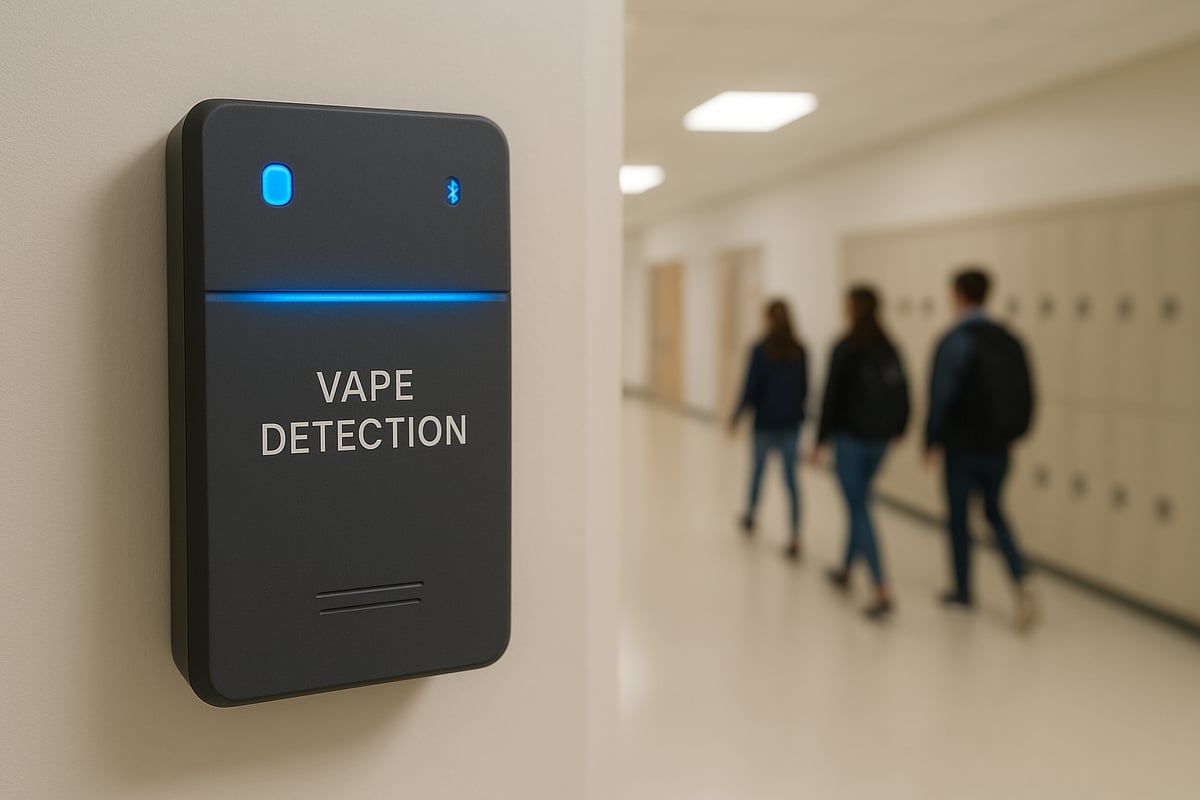
Core Detection Technologies
A vape detection system relies on a combination of sensor technologies to identify vaping incidents. Most systems use particulate, chemical, and gas sensors to capture tiny airborne particles and chemical signatures specific to vaping.
Advanced models employ AI-powered multi-sensor arrays, which further enhance accuracy by comparing data from several sensors at once. This approach helps distinguish between vaping, smoking, and harmless aerosols like deodorant sprays. For a more detailed breakdown of the underlying technology, see How Vape Detection Technology Works.
Real-Time Alerts and Incident Reporting
One of the main strengths of a vape detection system is its ability to deliver real-time alerts. These notifications can be sent instantly to designated staff via mobile apps, dashboards, or even on-site alarms.
Customisable thresholds allow organisations to tailor alerts to specific needs and environments. Integration with existing security or building management systems ensures a seamless response process, making it easier to act quickly and efficiently.
Data Analytics and Air Quality Monitoring
A modern vape detection system does more than just send alerts. It collects and analyses incident data, helping organisations spot trends and recurring issues.
Systems often track metrics such as volatile organic compounds (VOCs), carbon dioxide, and humidity. This ongoing air quality monitoring supports both compliance and health initiatives, providing valuable insights for continuous improvement.
Minimising False Positives and Ensuring Accuracy
Accuracy is paramount in any vape detection system. Leading solutions use sophisticated algorithms to tell the difference between vape, cigarette smoke, and benign aerosols.
Regular calibration and firmware updates are essential for maintaining high performance. Some providers report alert accuracy rates as high as 96 percent, giving organisations confidence in the reliability of their systems.
Privacy, Discretion, and User Experience
A vape detection system is designed to be as discreet as possible, blending into ceilings and walls without drawing unwanted attention. Importantly, these devices do not record audio or video, addressing privacy concerns and ensuring compliance with data protection laws.
Balancing the need for effective monitoring with a non-intrusive approach helps maintain trust among staff, students, and visitors.
Example Use Cases
The impact of a vape detection system is evident in a range of environments. Secondary schools and colleges have reported significant reductions in vaping incidents after installation.
Leisure centres, cinemas, and office buildings also benefit from these systems. Comparative data often shows a marked decrease in reported incidents before and after deployment, highlighting the effectiveness of proactive monitoring.
Future-Proof Features for 2025
As technology evolves, so does the vape detection system. Future-ready models offer AI-driven insights, predictive analytics, and add-ons such as over-occupancy or noise detection.
Remote management and regular software updates keep systems current, ensuring organisations stay ahead of emerging vaping trends and regulatory demands.
Step-by-Step Guide to Implementing a Vape Detection System in 2025
Implementing a vape detection system in 2025 requires a clear, structured approach. Each step ensures your organisation can create a safer, compliant, and vape-free environment. This guide breaks down the process to make it manageable and effective for any facility.
Assessing Your Environment and Needs
Begin by evaluating your facility to identify areas most at risk for vaping incidents. Common hotspots include toilets, corridors, stairwells, and staff rooms. A thorough site survey helps you understand airflow, building layout, and potential installation points for the vape detection system.
Engage key stakeholders early. Facilities managers, IT support, and safeguarding leads should contribute to the assessment. Collect incident reports or anecdotal evidence to prioritise sensor placement.
Map out your environment, noting any unique challenges. This groundwork ensures your vape detection system delivers optimal coverage and prepares you for the next steps.
Selecting the Right Vape Detection Solution
Choosing the best vape detection system is crucial to achieving reliable results. Focus on solutions that offer high accuracy, real-time alerts, flexible integration, and comprehensive reporting. Compare features such as sensor types, alert channels, and data analytics.
Evaluate vendor support, warranty, pricing, and trial options. Consider scalability if you plan future expansion. Consult trusted resources like the Best Vape Detectors and Sensors page for up-to-date comparisons of market-leading products.
Shortlist systems that suit your environment and compliance needs. Involve stakeholders in the decision-making process to ensure buy-in and effective implementation.
Installation and Configuration
Once you have selected your vape detection system, coordinate delivery and installation with the provider. Schedule work during quieter periods to minimise disruption. Professional installers will position sensors for maximum effectiveness, following your site survey recommendations.
After installation, calibrate the system to your specific environment. Test each sensor to confirm accurate detection and ensure all alert channels function as intended. Document configurations for future reference.
Integrate the vape detection system with existing security or facility management platforms if available. This streamlines incident response and ensures seamless operation.
Training Staff and Raising Awareness
Effective use of a vape detection system depends on informed, engaged staff. Provide comprehensive training for those responsible for monitoring alerts and responding to incidents. Clarify procedures for escalation and documentation.
Raise awareness among students, employees, or visitors about the new system and updated policies. Use posters, assemblies, or digital communications to reinforce expectations. Educational materials can support a positive, preventative message.
Involve safeguarding and pastoral teams to address underlying causes of vaping. A well-informed community is more likely to support and respect the vape detection system.
Monitoring, Maintenance, and Continuous Improvement
Ongoing monitoring is key to maintaining a high-performance vape detection system. Review alerts and incident data regularly to identify trends or problem areas. Use analytics to refine policies and target interventions where needed.
Schedule routine maintenance, including sensor cleaning and software updates. Proactive care prevents false positives and ensures continued accuracy.
Solicit feedback from staff and users. Continuous improvement helps the vape detection system adapt to changing behaviours and stay ahead of new vaping trends.
Example Implementation Timeline
A typical vape detection system rollout follows these stages:
- Initial consultation and site survey
- Solution selection and procurement
- Installation and calibration
- Staff training and awareness campaign
- Go live and ongoing monitoring
From first consultation to full operation, most projects complete within four to six weeks. Early adopters report significant reductions in vaping incidents soon after deployment.
Document lessons learned during implementation. This knowledge helps refine future rollouts and supports ongoing compliance.
Vape Guardian: Advanced Vape Detection Solutions for Modern Environments
Vape Guardian offers a cutting-edge vape detection system designed for real-time detection of vaping, THC, and air quality issues. Its advanced sensors provide high accuracy with instant alerts and discreet installation, maintaining the integrity of your environment.
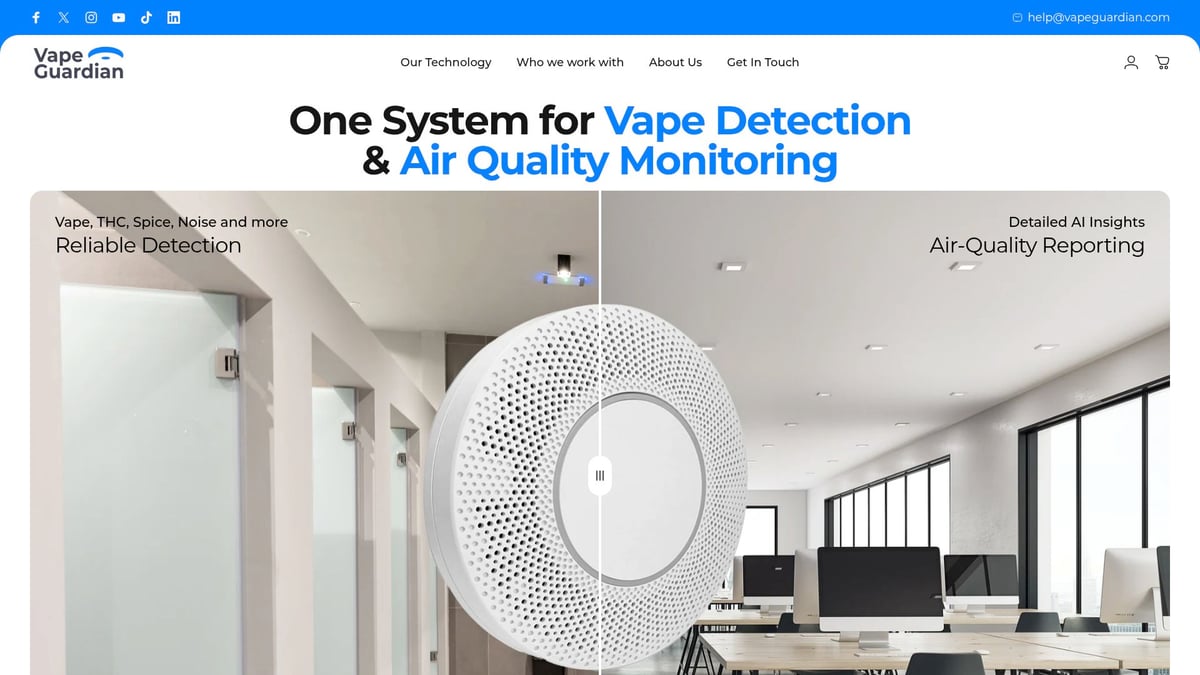
The system includes comprehensive reporting tools, making it easy to track trends and demonstrate compliance. Vape Guardian is trusted by schools, offices, and leisure venues across the UK and globally.
Organisations benefit from educational support and safeguarding resources. Free trials and tailored consultations are available for those seeking a reliable vape detection system in 2025.
Compliance, Privacy, and Ethical Considerations
Organisations implementing a vape detection system must navigate a complex landscape of compliance, privacy, and ethical considerations. As these systems become more prevalent in 2025, understanding the legal frameworks, protecting personal data, and engaging stakeholders are vital for success. This section provides a comprehensive guide to best practices and regulatory obligations, ensuring your vape detection system supports a safe and respectful environment.

Navigating Legal and Regulatory Frameworks
The regulatory environment for vape detection system deployment is evolving quickly. UK and EU regulations require strict smoke free and vape free policies in schools, offices, and public venues. Facility managers must ensure systems align with Health and Safety Executive guidance and local authority standards.
Documentation is essential. Keep clear records of incidents, system maintenance, and staff training. Compliance audits often check these details. The penalties for non compliance can be significant, including fines and reputational harm. For more on the urgency of robust policies and compliance, see Vaping in 2025 – Progress Stalled, Public Health at Risk.
Privacy and Data Protection
Protecting privacy is a cornerstone of any vape detection system rollout. Devices should never collect personal or biometric data. Instead, they monitor air quality and aerosols, not individuals.
To comply with GDPR and UK privacy laws, communicate openly with staff, students, and visitors. Explain what the vape detection system does and what it does not do. Transparency builds trust and helps avoid misunderstandings. Always use secure, encrypted data storage and restrict access to incident reports to authorised personnel only.
Ethical Deployment and Stakeholder Engagement
An ethical approach to deploying a vape detection system starts with clear, accessible policies. Engage all stakeholders, including staff, students, parents, or visitors, before installation. Listen to concerns and provide opportunities for feedback.
Promoting supportive, not purely punitive, use is key. Focus on education and safeguarding rather than discipline alone. For further strategies on stakeholder engagement and policy communication, explore the Vape Detection in Schools Guide.
Balancing Safety with Rights
Balancing safety with individual rights is essential when using a vape detection system. While maintaining a vape free environment is a duty of care, avoid creating a sense of over surveillance.
Case studies show that transparent policies, clear signage, and regular communication help maintain trust. Involve representatives from different groups in policy development. This inclusive approach ensures the vape detection system is accepted and effective, supporting wellbeing without compromising privacy or autonomy.
Preparing for Future Regulatory Changes
Vaping regulations and air quality standards will continue to evolve. To future proof your vape detection system, design flexible policies and stay informed through industry associations and government guidance.
Schedule regular reviews and updates of your systems and documentation. Monitor industry trends and be ready to adapt. By staying proactive, your organisation can remain compliant and provide a safe environment as legal requirements change.
The Future of Vape Detection: Trends, Innovations, and Predictions for 2025
As vaping technology evolves, so do the challenges for organisations seeking to maintain safe environments. The next generation of vape detection system solutions must keep pace with stealthier devices, new substances, and shifting regulations. These systems are rapidly transforming to address emerging risks and set new standards for 2025.
Evolving Vaping Devices and Detection Challenges
Vaping devices are becoming increasingly compact and harder to detect. In 2025, the rise of pod systems, disposables, and products containing substances like THC and Spice poses fresh challenges for every vape detection system. As the WHO Estimates at Least 15 Million Teenagers Use E-Cigarettes Worldwide, the need for innovative detection methods grows urgent. Systems must adapt to identify these new threats efficiently.
AI and Machine Learning in Vape Detection
Artificial intelligence and machine learning are redefining how a vape detection system operates. Predictive analytics can now anticipate incidents before they escalate, while automated reporting streamlines compliance. These technologies learn from environmental data, refining detection accuracy and reducing false positives. As a result, organisations benefit from smarter, more proactive safety solutions that evolve with usage patterns.
Integration with Broader Facility Management Systems
The modern vape detection system is not a standalone tool. In 2025, integration with air quality monitors, occupancy sensors, and noise detection platforms is expected as standard. Centralising these functions within smart building management systems enables real-time insights and coordinated responses. Facilities can leverage unified dashboards to oversee safety, comfort, and compliance from a single interface.
Expansion Beyond Schools: New Markets and Applications
Adoption of vape detection system solutions is expanding beyond education. Healthcare, hospitality, retail, and leisure venues are investing in these systems to protect staff, patients, and visitors. Custom configurations allow deployment in unique environments, with scalable features tailored to specific sector needs. This broader reach reflects a growing recognition of vaping as a universal risk.
Sustainability and Green Technology
Sustainability is now a core consideration for any vape detection system. With the UK Bans Single-Use Vapes to Stem Use by Children and Reduce Harmful Litter, manufacturers are focusing on energy-efficient sensors and recyclable materials. Eco-friendly system designs minimise environmental impact, supporting both operational goals and regulatory compliance for greener public spaces.
Preparing for the Next Generation of Vape Detection
Continuous innovation is essential for every vape detection system to remain effective. Regular software updates, modular hardware, and remote management capabilities ensure that systems stay ahead of emerging trends. Industry leaders are collaborating on standards and best practices, fostering a flexible, future-proof approach that accommodates legislative change and new vaping behaviours.
Key Takeaways for Decision Makers
Choosing a vape detection system in 2025 requires a holistic view. Prioritise AI-driven features, seamless integration, and sustainability. Stay informed about market trends, regulatory updates, and user needs. Investing in advanced detection today will help create safer, healthier, and more compliant environments for the future.
As we've explored, staying ahead of vaping trends and ensuring compliance in 2025 means understanding not just the technology, but also how it fits into your specific environment. Whether you're safeguarding a school, office, or leisure space, having the right vape detection system can make all the difference for wellbeing and peace of mind. If you're ready to take the next step and see how these solutions could protect your building, I encourage you to talk to our team and protect your building today. We're here to help you create safer, healthier spaces for everyone.


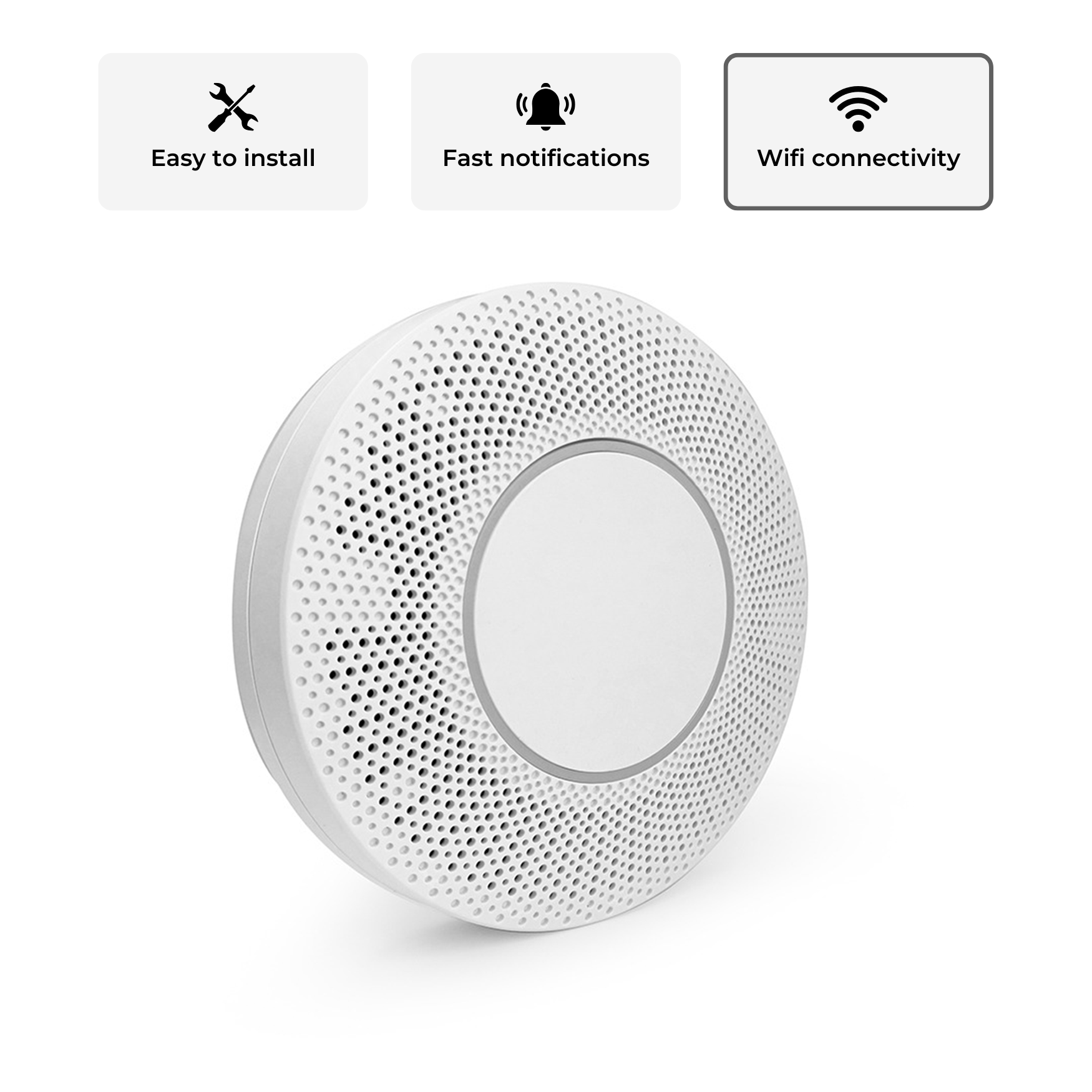
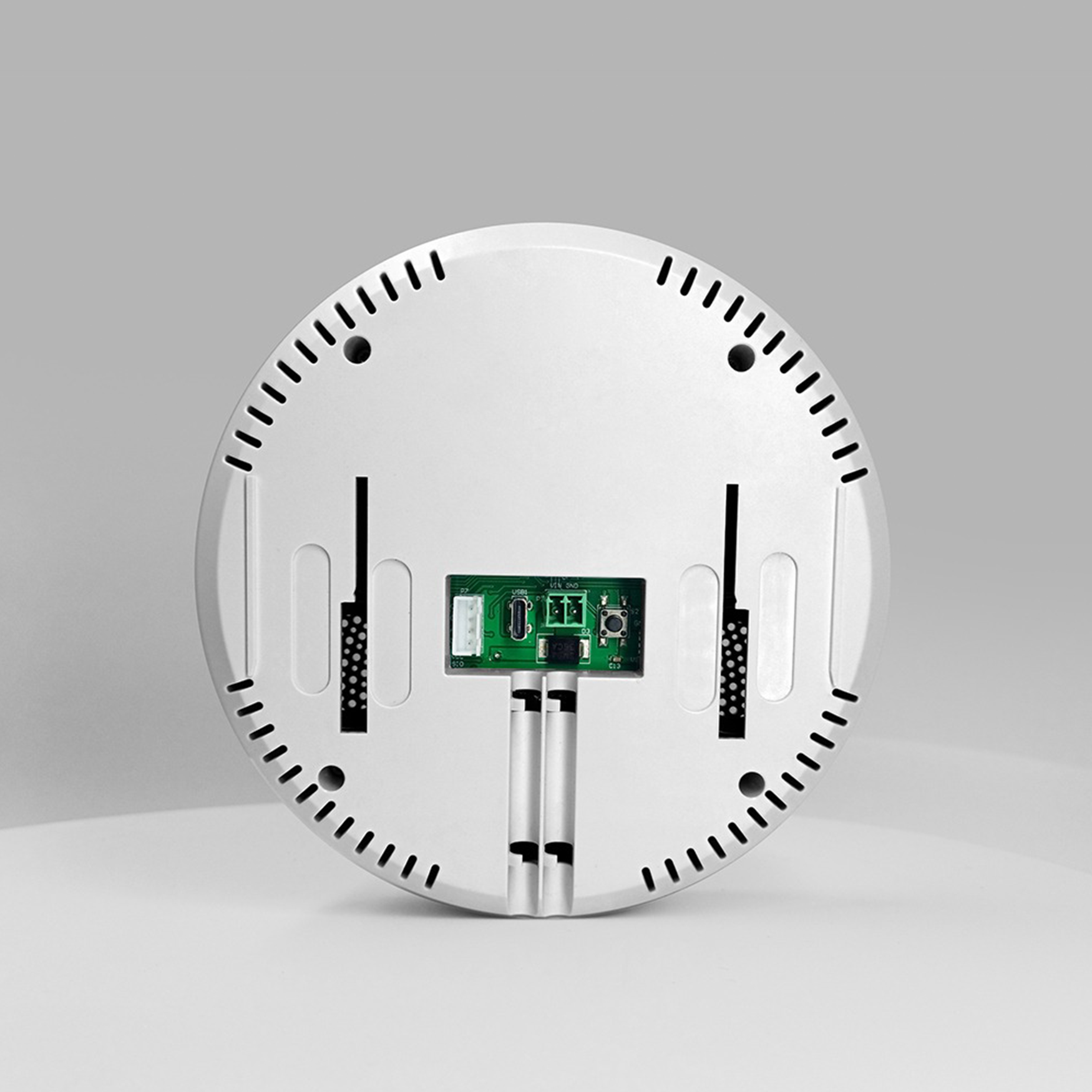

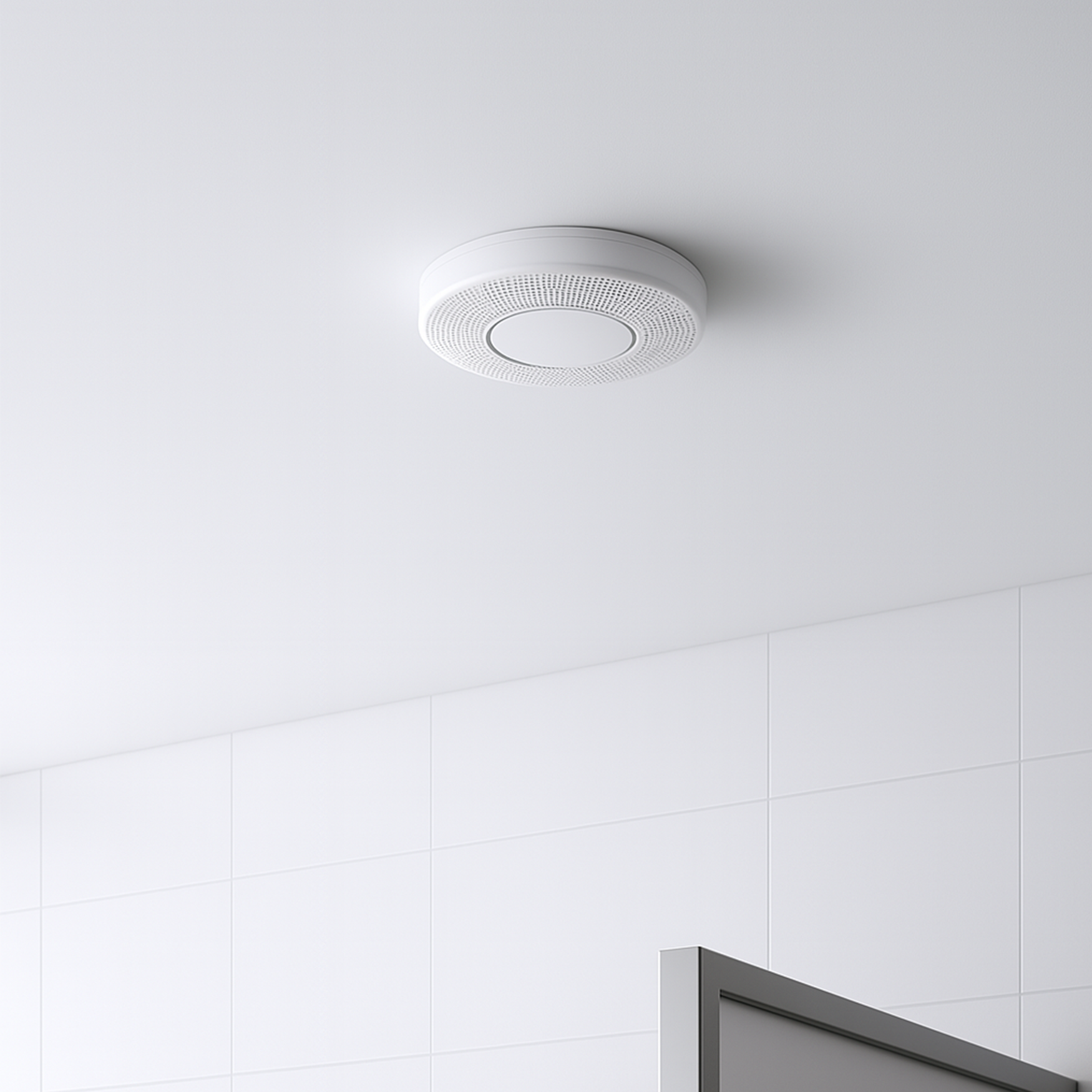
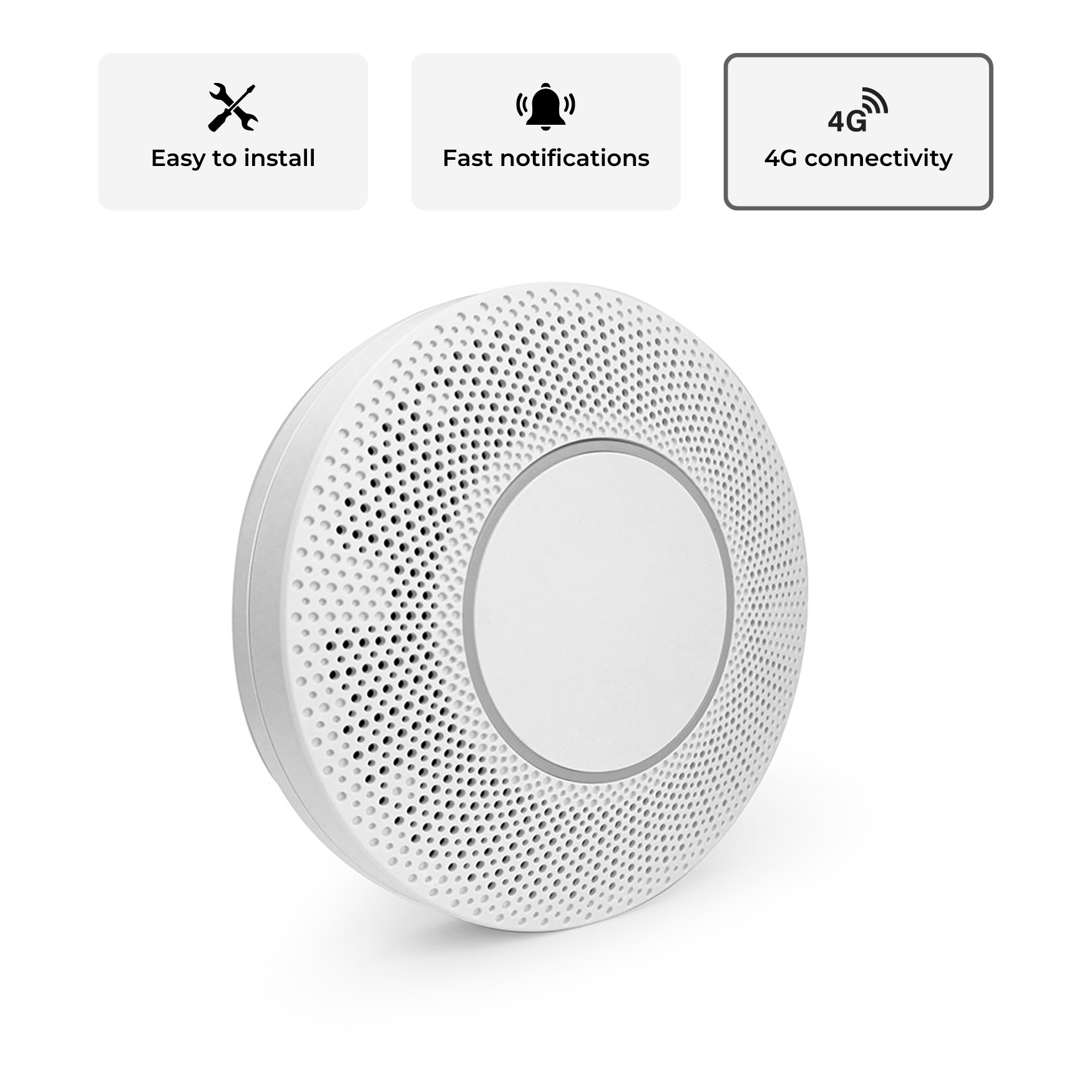
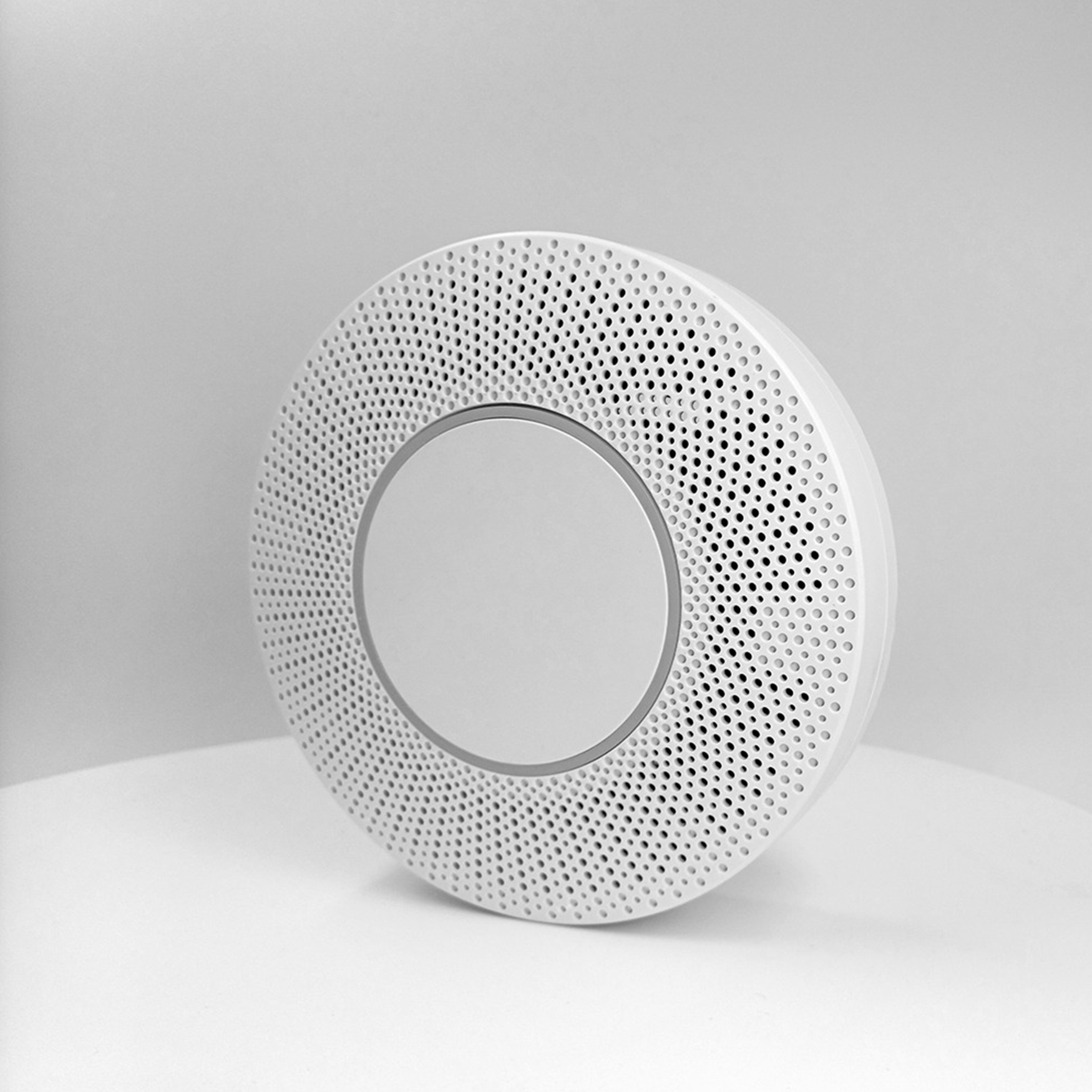
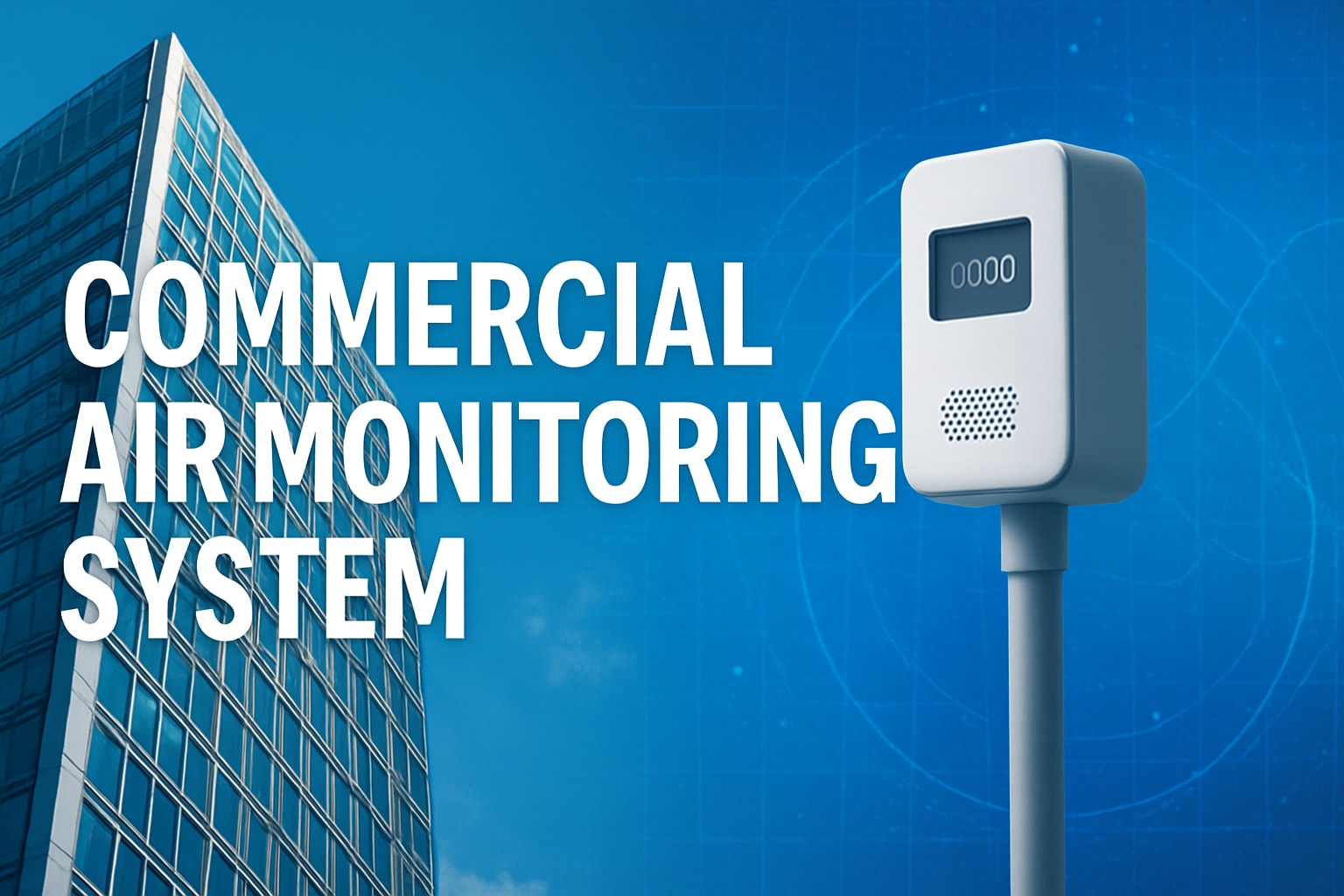


Share:
International Vape Detector Guide: Your 2025 Essential Handbook
Vape Detector for Schools Guide: 2025 Safety Solutions